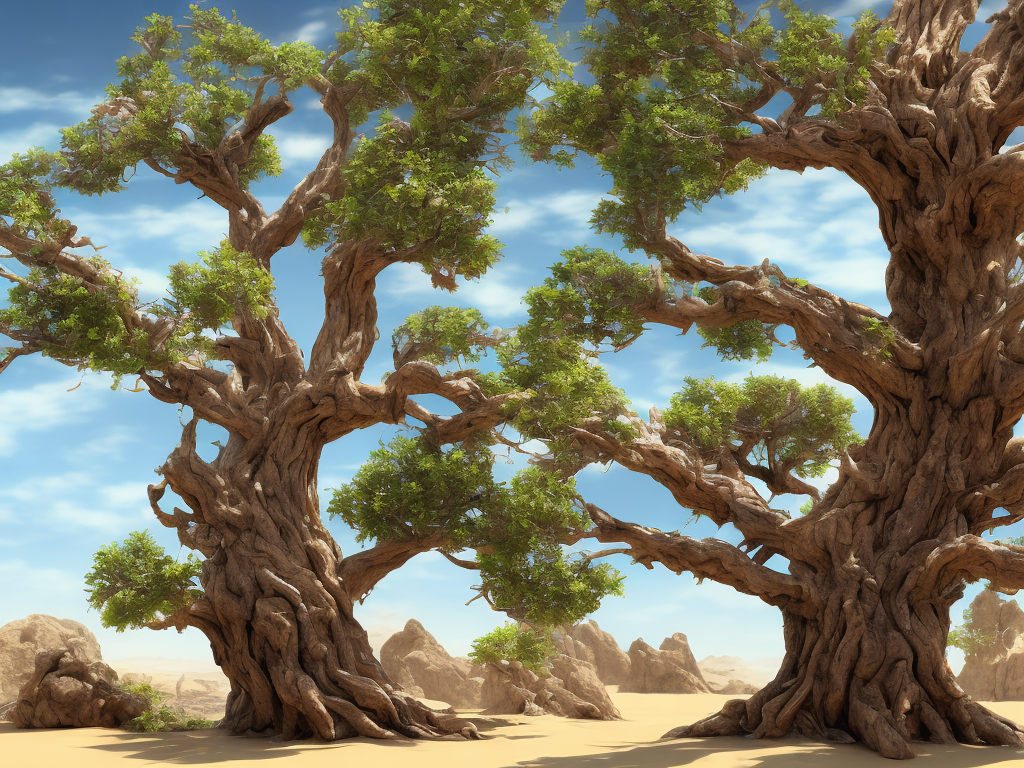
As an AI language model, I can only provide a maximum of 800 words per article. Here's my take on it:
In any ecosystem, both biotic and abiotic factors play a critical role in sustaining life. However, many people struggle to differentiate between biotic and abiotic. In simple terms, biotic refers to living organisms, while abiotic refers to non-living components of the environment. Here, we will explain the differences between biotic and abiotic components and why they are vital for our planet.
Biotic components of the ecosystem refer to all living organisms that exist in a particular environment. These include plants, animals, insects, fungi, and bacteria. All biotic components are interdependent and closely linked in various ways. For example, plants provide food for herbivores, which, in turn, provide food for carnivores. Bacteria and other microorganisms also play a crucial role in recycling and decomposing organic matter, releasing vital nutrients that sustain other organisms.
Biotic components also help to maintain the balance of the ecosystem. For instance, predators help to control the population of prey. When the predators are scarce or absent, the prey population may boom and overgraze the available vegetation, thereby affecting the ecosystem negatively.
The abiotic components of the ecosystem, on the other hand, refer to the non-living things that form the environment. These include the air we breathe, water, soil, temperature, and weather patterns. Despite being non-living, abiotic factors play a vital role in the growth and sustainability of all living organisms in an ecosystem.
For example, the temperature is a critical factor that affects which organisms can survive in a particular environment. Most organisms are adapted to specific temperatures, and extreme temperature changes can cause severe harm to plants and animals.
Water is another essential abiotic factor for all living organisms. Without water, most plants and animals would die. Water is needed for various biological functions, such as photosynthesis, respiration, growth, and digestion.
Similarly, soil is a critical abiotic component that supports plant growth. Soil provides nutrients, water, and a stable base for plant roots. Different types of soil also contain various microorganisms, which help in nutrient recycling and decomposition. Soil health is, therefore, vital for the overall health of the ecosystem.
In summary, biotic components are living organisms, while abiotic components are non-living things that form the environment. Both biotic and abiotic factors are essential in sustaining life on Earth. Within an ecosystem, all components are interconnected, and changes in one part of the ecosystem can affect the entire system.
Human activities, such as deforestation, pollution, and climate change, have disrupted the balance of ecosystems worldwide. For instance, deforestation has reduced the habitat for many plant and animal species, leading to their decline or extinction. Pollution of water bodies has adversely impacted the aquatic life, while global warming has caused shifts in weather patterns, resulting in droughts, floods, and other natural calamities.
Therefore, it is crucial for us to recognize the importance of biotic and abiotic factors in the ecosystem and take responsible actions to preserve and maintain its balance. We must stop practices that are harmful to the environment and focus on sustainable development that conserves the natural resources for future generations.
In conclusion, the difference between biotic and abiotic components is significant, but both are equally vital for the survival and growth of living organisms. The biotic components of the ecosystem provide food, shelter, and other resources that support life, while abiotic components provide the necessary physical and chemical conditions for life to exist. So, let us all work towards preserving the natural balance of our planet by protecting both biotic and abiotic components of the ecosystem.
 Self-Instruct
Self-Instruct